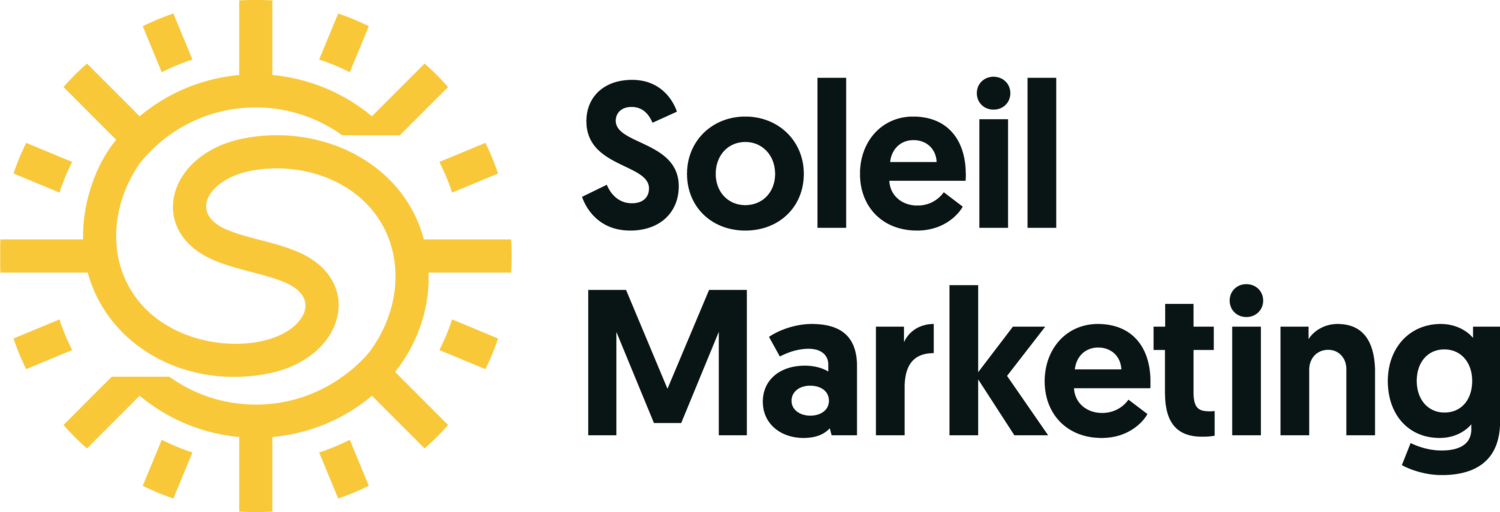How to create an effective 2023 marketing strategy for your purpose-driven business: Part 1
It’s so common for businesses to put promotional tactics before strategy, focussing on channels like PPC and social media, without doing research, choosing a target segment, creating a position and forming an informed plan.
This is even more relevant to purpose-driven businesses who want to make a difference in the world: the clearer you are about who your target audience is, their behaviours, motivations and your position in the market, the easier it will be to pursue the right objectives to achieve the required results.
The classic process I’m going to run through is taught by renowned marketing professor Mark Ritson on his Mini MBA course, and he uses it with some of the world’s biggest brands. You may not be Unilever or Patagonia, so here’s how to do it in a streamlined way which you can apply to your purpose-driven business.
You may not need to follow every stage of the framework, depending on how advanced you are already in each aspect within your business. It’s worth doing a review of each aspect before you jump straight in. Get in touch with me if you need help doing this.
This is part one of my three stage guide. Make sure you’re subscribed to my newsletter to get alerted when I publish parts two and three.
Step one: Become market orientated
2022 has been one of the most unpredictable years yet, politically, economically and environmentally. This world of constant change is why you need to stay agile and market oriented.
Market orientation is about having a laser focus on the market you’re operating in, the customer’s point of view, and recognising that as an employee of the business you work in, you need to stay humble and remember you know nothing compared to your customers.
The good news is, being market orientated in a small purpose-driven business is not that difficult. It’s about not making decisions on a whim, but being guided by information from customer and market insights.
Step two: Do some market research
A lot of business owners are intimidated when they hear the words ‘market research’. The truth is, the market orientated mindset compels us to do research.
This is the most important step in the planning process. It’s about understanding and measuring the market, and identifying potential customers for the coming year through primary and secondary research.
You should start with secondary research. This can be done using Google (think Google Trends or Keyword Planner), social media or third party reports (e.g. data from the ONS or gov.uk). Primary research is research you conduct yourself and usually gleans the most valuable insights.
The ideal research method mix will include qualitative and quantitative methods. Qualitative includes one-to-one interviews, focus groups and ethnography (studying consumers in situ). Quantitative methods include surveys, market tests and conjoint analysis.
A good survey will include a mix of demographic or firmographic questions, attitudinal questions (ease of use, Likert scales) and behavioral questions (preference, usage etc). You’ll want to make sure you get a representative sample size.
To decide which analysis and data you need, ask yourself:
What are the questions I need to answer for 2023-4?
What are the key things I want to show or prove to decision makers?
You can also do research to test a hypothesis, for example when setting pricing, or when A/B testing your website or app. Research should be a continual process and feed into the annual marketing planning cycle.
Step three: Segmentation and targeting
I’ve combined these two steps into one, as segmentation and targeting is a lot quicker for smaller businesses.
Segmentation is not about segmenting your current customers into groups. It’s about creating a map of the market to be able to identify all potential customers, and understand which are most profitable for you to target. Each segment will be of the same kind (e.g. all car drivers), but each segment will have differences between them (e.g retired Ferrari drivers vs. electric car drivers in their thirties).
The most effective way to segment a market is to do behavioural segmentation, using the data from your research. Look for different groups emerging from the data - different attitudes and behaviours - and link this to the identity variables (demographics). You should have between four and six separate customer segments.
Then we come onto targeting.
Targeting is like choosing a piece of the segmentation pie. You pick the segment that is the most appealing in terms of potential revenue, market share and population size (how many people do you have to recruit and convert to make the sale?)
Step four: Positioning
Now comes the fun part. A.k.a. brand values, purpose, value proposition, brand DNA and many more variations, effective positioning is simply being able to get one, two or three words into the mind of the target customer, through constant articulation of your positioning across every brand touchpoint.
This is called the three C’s test (Customer, Competition, Company):
Customer - What turns the customer on? What do they care about?
Competition - How is your product different to or better than the competition?
Company - Can you deliver the promise you make to customers?
If you can answer all the above questions, and articulate it using ther framework below, you should’ve nailed positioning.
What the customer wants + what you can deliver + why that is better or different to the competition
With positioning, less is more.
Final thoughts
With a well planned marketing strategy, everything you do afterwards will make your marketing more effective and grow your purpose-driven business faster. Subscribe to get updated when I release part two of my guide on how to create a marketing strategy for 2023.
Need help creating your marketing strategy?
Book a Marketing Impact Hour with me, or get in touch for a bespoke proposal.

